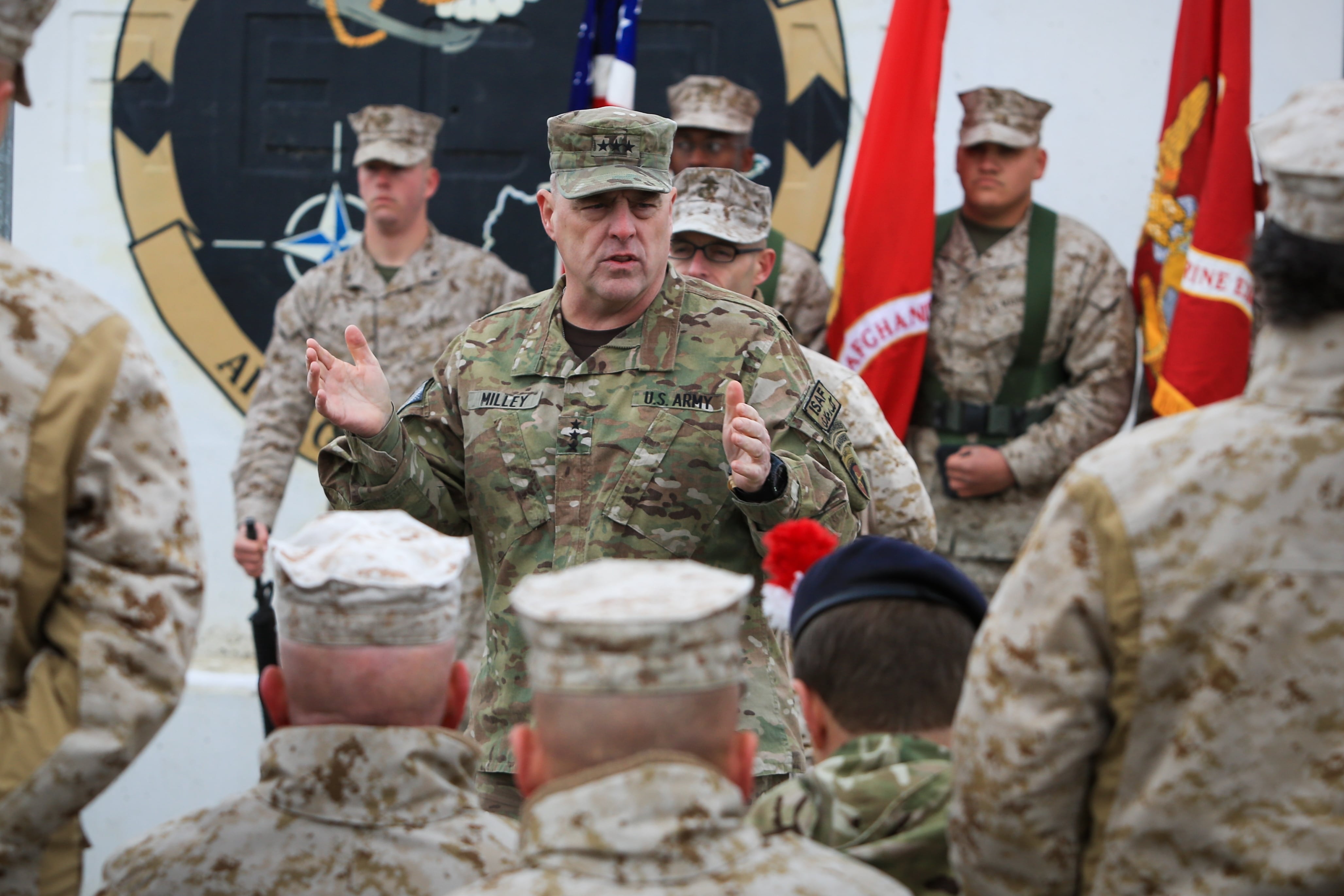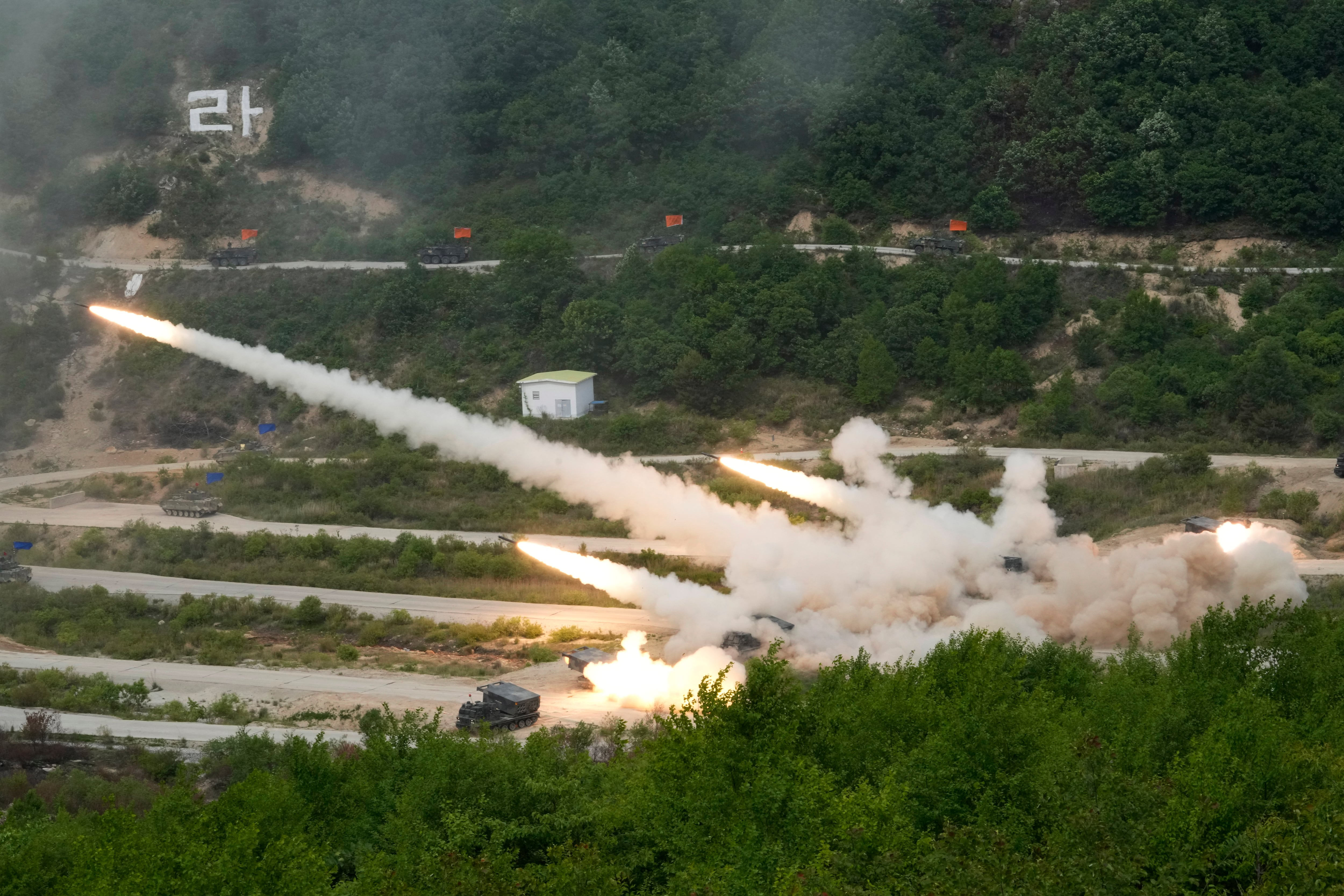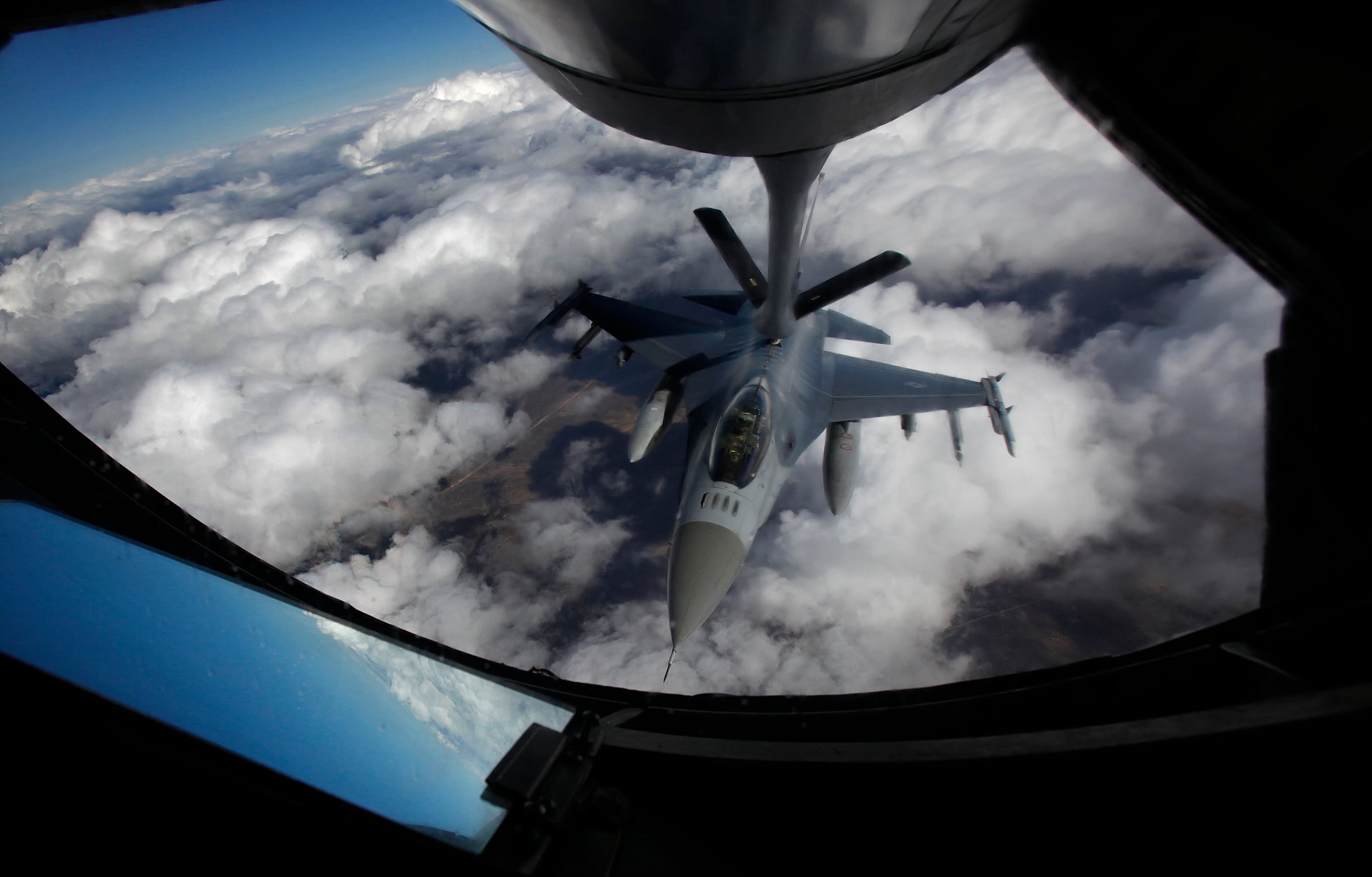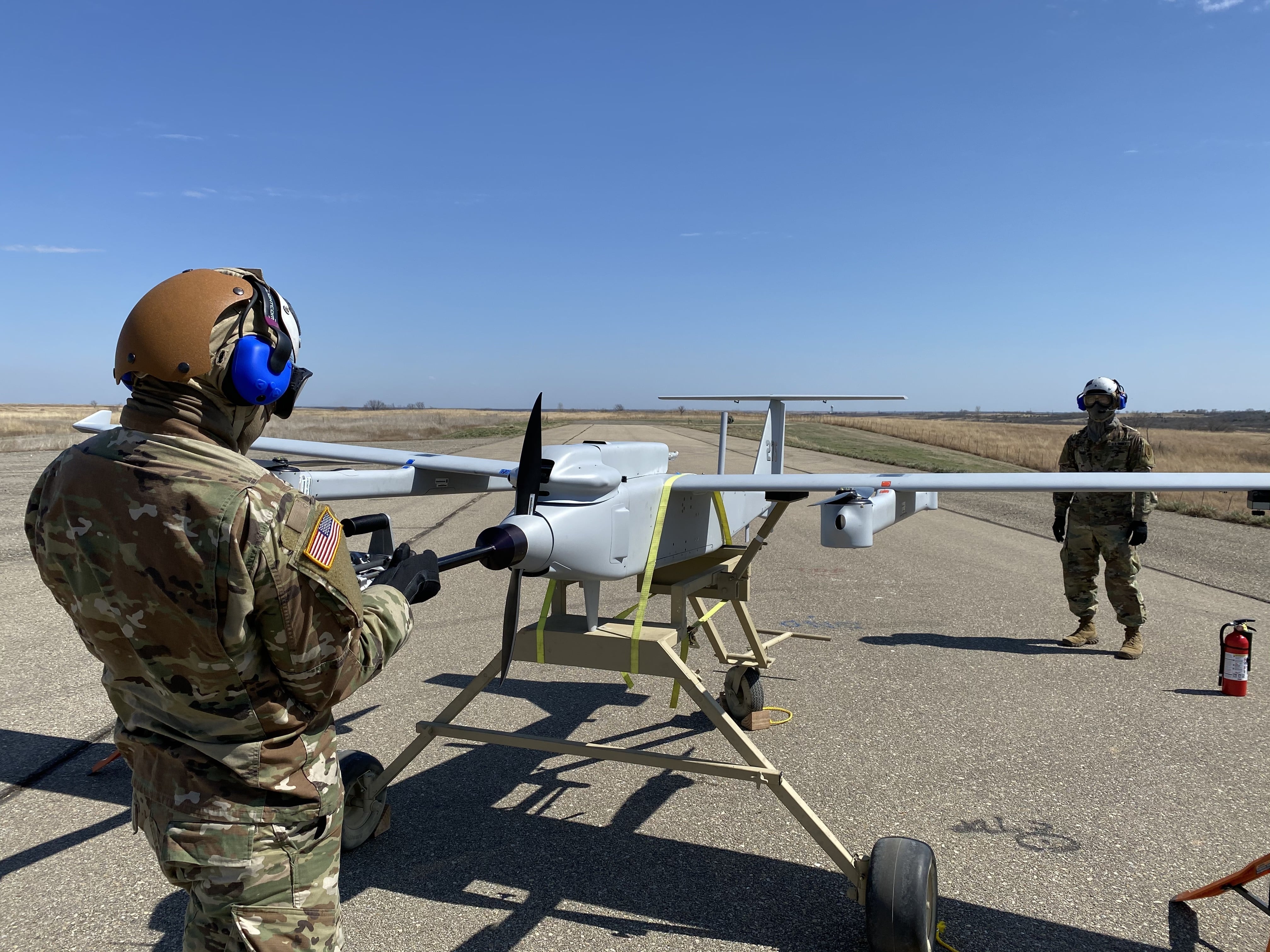With plans in motion to draw down the number of U.S. troops in Afghanistan to 2,500 next month, the chairman of the Joint Chiefs of Staff defended that decision by outlining the state of the conflict there.
In addition to reaching something of a stalemate, where the Taliban can’t conquer the U.S.-backed Afghan security forces, and the U.S. can’t bring the Taliban to its knees, Army Gen. Mark Milley said Wednesday during a Brookings Institution event, the U.S. has probably done all it can do.
“We believe now that after 20 years, two decades of consistent effort, that we he have achieved a modicum of success,” he said.
Since the first boots hit the ground in October 2001, more than 2,400 American troops have died and nearly 21,000 have been injured, along with close to $1 trillion spent on trying to stabilize Afghanistan enough that it won’t again become a training ground for terrorist groups.
Acting Defense Secretary Chris Miller announced on Nov. 17 that forces in that country would draw down from 4,500 to 2,500 by Jan. 15, continuing on a Trump administration plan laid out earlier this year that would bring the number to zero by May.
“With the blessings of providence in the coming year, we will finish this generational war and bring our men and women home,” Miller said. “We will protect our children from the heavy burden and toll of perpetual war. And we will honor the sacrifices made in service to peace and stability in Afghanistan, Iraq and around the world and celebrate all those who helped us secure freedom over oppression.”
The Taliban and Afghan government, with input from the State Department are continuing peace negotiations in Qatar. A negotiated settlement like the one they’re moving toward, Milley said, is the most common resolution in a situation where an operational victory is improbable.
It’s not yet known, however, where the incoming Biden administration will stand on the drawdown.
President Donald Trump ordered the drop to 2,500 in November after firing former Defense Secretary Mark Esper, who had lobbied for a pause in drawing down after the number hit 4,500 in early November ― down from about 8,000 in the spring ― to give time for analysis on how the lower troop level affected the security situation in Afghanistan.
Lawmakers on both sides of the aisle lamented the decision.
RELATED
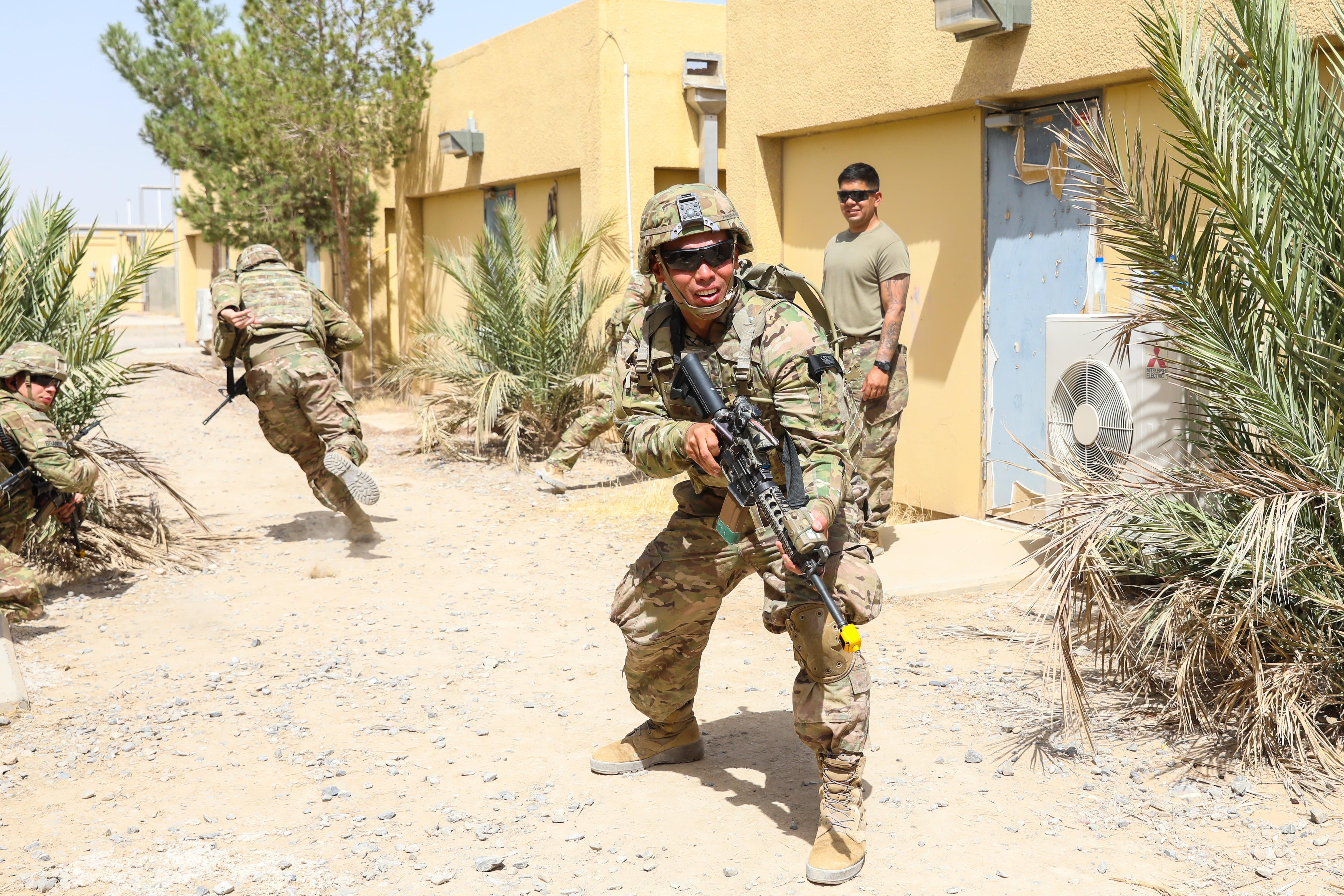
“What comes after that, that will be up to a new administration,” Milley said, hinting at a potential change in course. “We’ll find that out on the 20th of January and beyond.”
He also set the stage for some larger strategic changes.
The 2018 National Defense strategy, spearheaded by Trump’s first defense secretary, retired Marine Gen. Jim Mattis, could use some touch-ups, he said.
“Is it perfect? No, it’s not perfect, and there’s probably a few things that need to be tweaked,” he said.
The document largely focuses on the military build-ups of countries like China, Russia and North Korea, and the U.S.’s ability to keep the global peace as they seek to exert more power and influence.
RELATED
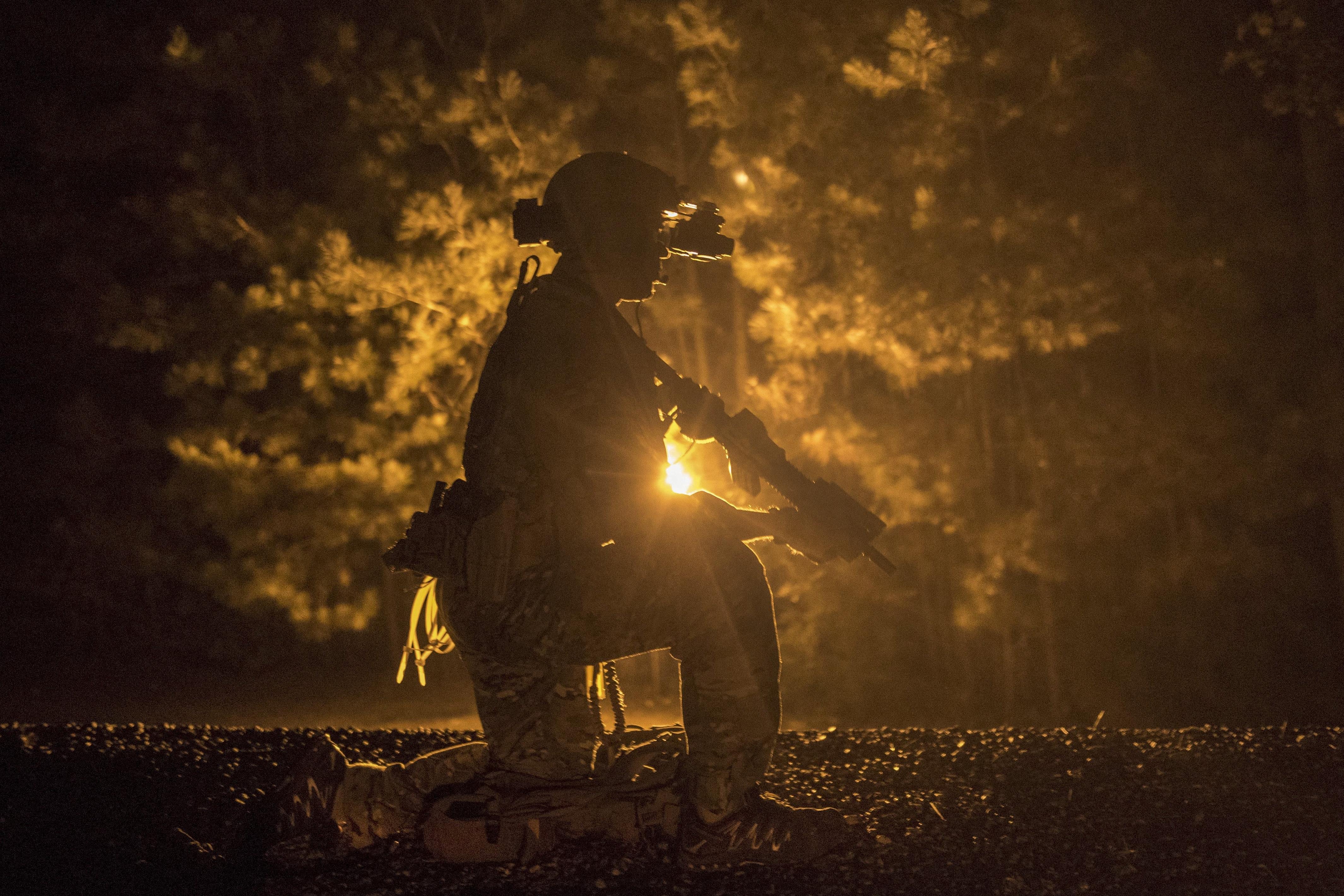
Milley did not elaborate one what updates he thought were necessary, but questions have lingered since the NDS’s announcement about how it addresses the kind of asymmetrical warfare the U.S. has been engaged in since 9/11, and ongoing worldwide terrorist threats.
“Are there some things that need to be modified for the next administration?” he said. “Yes, and I think that they will likely do that.”
Meghann Myers is the Pentagon bureau chief at Military Times. She covers operations, policy, personnel, leadership and other issues affecting service members.
